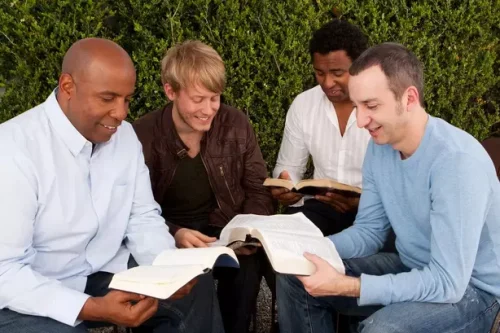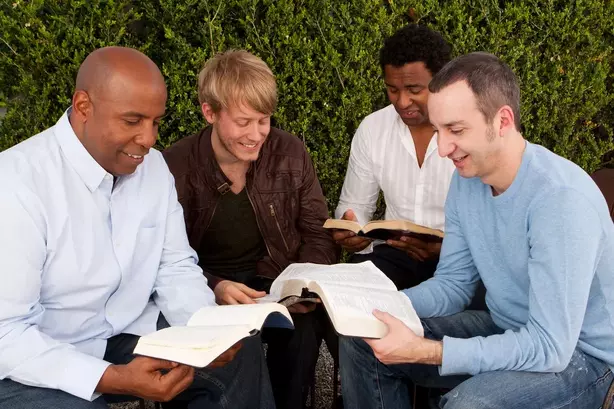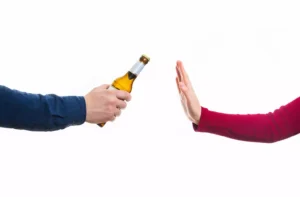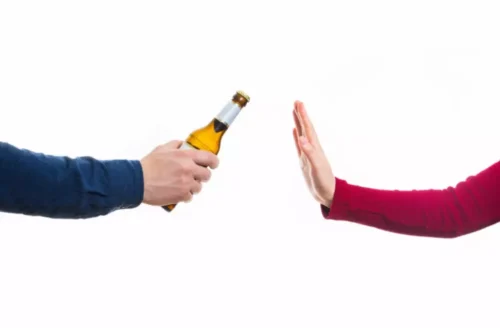
Globally, cannabis laws differ widely, with some countries imposing strict prohibitions while others have legalized its use. The mechanism behind marijuana addiction involves both pharmacokinetic and pharmacodynamic changes in the body. Regular use alters the way THC is absorbed and metabolized, leading to increased tolerance, where users require larger doses to achieve the same effects. Over the past few decades, the amount of THC in marijuana has steadily climbed; today’s marijuana has three times the concentration of THC compared to 25 years ago. The higher the THC amount, the stronger the effects on the brain—likely contributing to increased rates of marijuana-related emergency room visits. While there is no research yet on how higher potency affects the long-term risks of marijuana use, more THC is likely to lead to higher rates of dependency and addiction.

What are the effects of secondhand exposure from cannabis smoke or vapor?
Local treatment centers provide not only immediate support but also long-term recovery resources. With these tips, you’ll be better prepared to find the right fit and begin your journey toward a healthier, cannabis-free life. Each of these symptoms reflects behavioral and physical signs that indicate cannabis use is impacting daily functioning, potentially leading to addiction. THC interacts with brain receptors involved in pleasure, memory, and coordination, which can lead to the brain adapting to regular use. Over time, this can result in tolerance (needing more to achieve the same effects) and, for some, withdrawal symptoms like irritability, sleep issues, and decreased appetite when they stop using it.
- Marijuana use comes with real risks that can impact a person’s health and life.
- Cannabis use at a young age has also been linked to other mental health conditions, including the likelihood of developing psychosis87 and to developing cannabis use disorder later in life.
- Yet, it doesn’t change the potential for misuse or the impact it can have on mental and physical health.
- You can think of these receptors like bouncers at a club, monitoring what goes in and out of your cells.
- Thus far, the Food and Drug Administration has not approved medication for the treatment of marijuana use disorder.8 However, many other forms of treatment are available.
- Marijuana addiction is classified under the DSM-5 as a substance use disorder with varying severity levels based on the number of criteria met within 12 months.
Getting support for withdrawal symptoms
The ABCD Study® explores the effects of environmental, social, genetic, and other biological factors on the developing adolescent brain. This study will provide critical insights into risk and resilience factors for cannabis and other substance use to inform future prevention interventions. We believe everyone deserves access to accurate, unbiased information about mental health and recovery.

What Percent of Americans Smoke Marijuana?
Recognizing the signs of marijuana addiction can help you determine the severity of your problem. Support groups are an effective way to connect with a recovery network. Support groups can be offered online or in person, depending on which works best for your situation. A couple of common support groups that individuals with drug addiction treatment a marijuana use disorder may find helpful is SMART Recovery, Alcoholics Anonymous, or Narcotics Anonymous if using other substances in addition to marijuana.
- Many people consider marijuana use to be relatively harmless, because they believe that it isn’t addictive, and because the drug can be beneficial when used for a medically prescribed purpose.
- Every month, 150,000 people search for addiction or mental health treatment on Recovery.com.
- Marijuana has a fairly low addictive potential in comparison to many other substances.
- People often take marijuana for its immediate effects; to relax, fall asleep, or center their focus.
- Along with having trouble breathing, you might feel like you’re having an asthma attack or have less oxygen in your lungs.
- The best rehab is the one that’s right for you.You can use Recovery.com to find marijuana rehabs and see their insurance information, photos, reviews, and more all in one place.
- Moreover, the JAMA study doesn’t distinguish between medical and recreational cannabis, which are actually quite different in their physiological and cognitive effects, as Harvard researcher Dr. Staci Gruber’s work tells us.
The effects of marijuana are euphoria, cognitive impairment, respiratory issues, and potential dependency. Short-term effects range from altered mood and perception to deficient coordination, while long-term use produces cognitive decline, addiction, and mental health concerns such as anxiety and psychosis. Chronic consumption also contributes to lung damage and cardiovascular severities. The main treatments for marijuana addiction are behavioral therapies like Cognitive Behavioral Therapy (CBT), motivational is marijuana addictive enhancement therapy (MET), and contingency management. Support groups and structured rehabilitation programs also help individuals regain control over their usage patterns and sustain long-term recovery. MET aims to enhance a person’s motivation to change their substance use behavior.

Cognitive Behavioral Therapy (CBT)
Despite these risk factors, not everyone who tries marijuana will become addicted. There are various protective factors, such as a strong support system and healthy coping mechanisms, that help prevent or decrease the likelihood of developing addiction. Recovery from marijuana addiction is not something that you should try to tackle all on your own.
- This means that treatment may include several levels, including inpatient rehab, partial hospitalization programming, intensive outpatient care, outpatient treatment, and teletherapy.
- Delta-9 THC is the most abundant form of THC in the cannabis plant.
- Marijuana addiction alters neurotransmitter levels, mainly decreasing dopamine and serotonin.
- Most individuals will struggle with a mild to moderate form of addiction.
- The following self-assessment is meant for educational purposes only.
- If you use marijuana at least once a week, you might need more anesthesia.
- At this current moment, most experts recommend avoiding marijuana altogether when pregnant, as this substance is correlated with poor fetal development.
- The details are kept up to date to help people with addiction treatment needs get the most full and precise facts about the rehabilitation facility.
- These withdrawal symptoms often complicate recovery efforts and highlight the need for effective treatment strategies such as cognitive-behavioral therapy.
- Our primary goal is to connect you or someone you love to the necessary treatment.
The use of marijuana can lead to the development of problem marijuana use, which is known as marijuana use disorder. Addiction is a disease that requires specialized medical attention, but rehabilitative care can be costly. While it can be difficult to estimate this cost in advance, The Recovery Village provides flexible payment options to help supply care to those in need.

What is cannabis?
Over time, the brain’s reward system adapts to this constant stimulation, leading to tolerance, meaning users may need higher doses to achieve the same effects. Those who smoke again will be able to feel the effects of cannabis even after taking a very small dose. However, this method of classification is actually incredibly inaccurate. The effects that a strain may have will depend on the individual’s body chemistry, as well as the terpenes that the strain contains. The effects can also be dependent on how long the cannabis was allowed to grow for. This affects the type and amount of cannabinoids that are present in each strain.
What We Treat
The cannabinoids and terpenes from cannabis can be extracted to make edibles, oils, tinctures and concentrates. In general, concentrates are more addictive because they are more potent and contain a high concentrate of delta-9 THC. Delta-9 distillate, which is essentially a pure form of THC, can be vaped or consumed. Right now, medical marijuana is legal in 39 states, while recreational cannabis is legal in 24 states and Washington, D.C.

